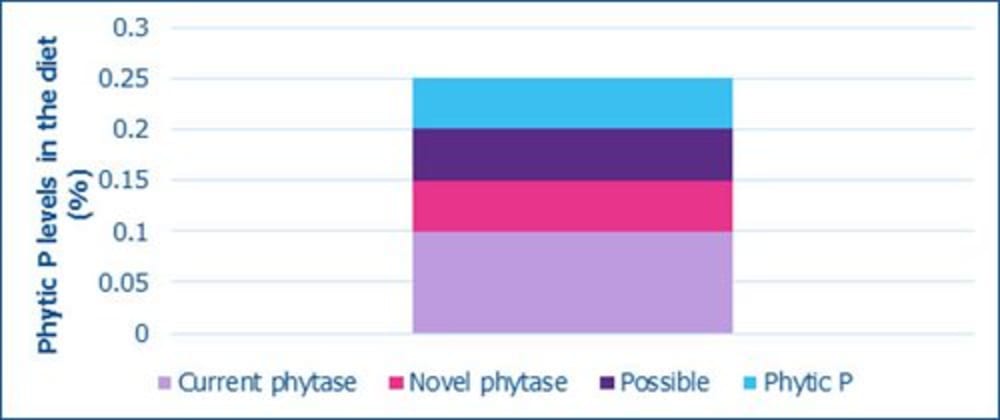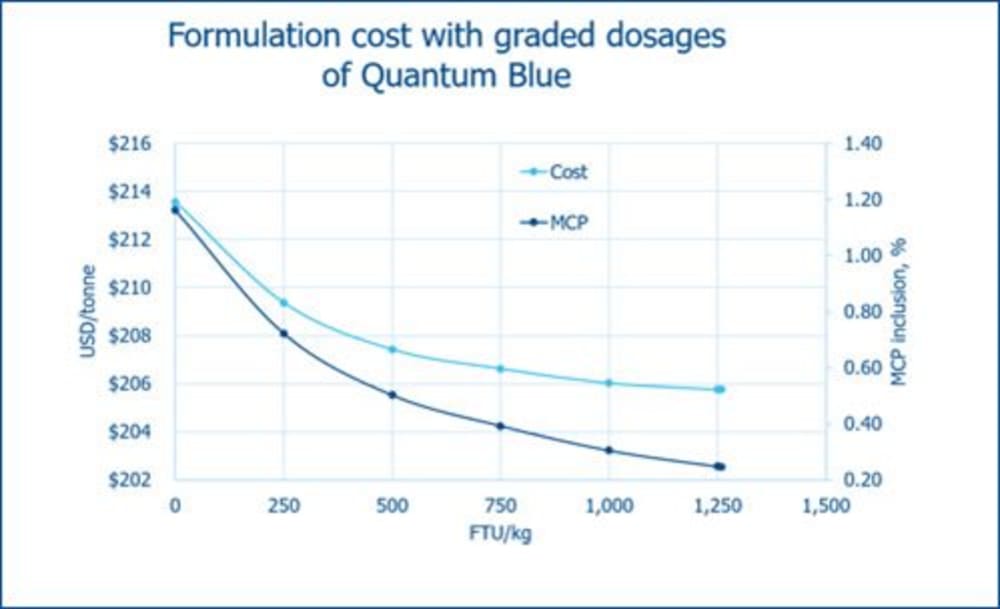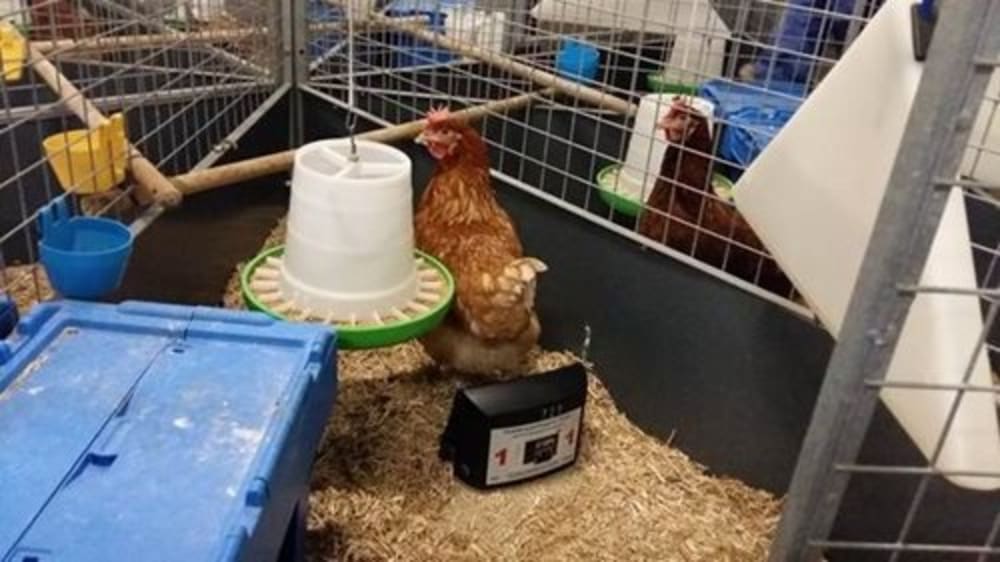Insights from IPPE 2018
Published Thursday, 15th March 2018
This year’s International Production & Processing Expo was unsurprisingly very busy, with industry professionals from across the production line attending meetings to seek out new business opportunities and review the latest research.
Here we share some insights from this year’s show.
Practical research comparing enzyme programmes in the market today: When comparing enzyme programmes, it’s important to look beyond up-front feed cost savings
Feed is the largest expense in poultry production, accounting for 60-70% of costs. With a wide range of commercially available enzymes to choose from, there are many factors to consider when evaluating cost effectiveness and return on investment – not least whether to use a multi or single NSP enzyme.
At IPPE, Dr Tara York NAM Technical Manager presented the findings of a competitive study looking at the cost effectiveness of three different enzyme programmes, based around dispelling the belief that a multiple NSP product when combined with a phytase provides an advantage over a single xylanase enzyme.
As Dr York outlines in the video below, it is important that any enzyme comparison is based not just on up-front feed cost savings, but also on liveability, feed conversion and body weight gain. The study used average live broiler cost per pound (lb) of meat as the determination of which combination was most effective overall since this is the parameter the industry looks at the most in the US.
The result of this study, when compared in an economic model, demonstrated that the Econase XT + Quantum Blue programme led to the lowest live cost per pound of meat. In addition this led to the Econase XT+ Quantum Blue program profiting over $3 million when compared to the treatment with the lowest feed cost overall on a million bird per week complex.
For the overall value extracted from the birds in terms of lbs of meat, FCR, BW etc, when you looked at the live bird margin*, the Econase XT + Quantum Blue program profited over $6 million on a million bird per week complex compared to the control.
*live bird margin = (Income- cost), with cost including chick cost, feed cost
Our Global Technical Manager Gilson Gomes talks about our Feed Quality Service
Knowing phytic P levels in diets opens up opportunities for incremental gains
Thanks to latest advancements in NIR, this technology can now be used to measure phytate levels in raw materials and finished feeds. Having a better understanding of phytate levels enables you to optimise the dose of phytase (maximising the use of P-replacement from phytase), subsequently maximizing the release of all the inherent nutrition from feed (protein, minerals, P etc).
Phytate is present in all plant-based feedstuffs and binds with dietary proteins and minerals, reducing digestibility and utilization of important nutrients. Four or five years ago, people were using phytase to release phosphorus from phytate. Today, with improved understanding of phytate anti-nutritive effects and the ability to measure phytate levels in the diet, we can now formulate diets based on more complete phytate destruction and the provision of nutrients beyond phosphorous.
What does this mean?
- Moving beyond first generation phytases towards more effective phytases for maximized phytate destruction
- Potential to increase phytase dose where analysed phytic p levels have shown the opportunity for incremental gains
- Potential to reduce costs whilst maintaining performance or potential for improved performance at a lower cost
Figure 1: Potential of phytases on a diet with 0.25 Phytic P levels
Traditionally, first generation phytases were applied to release 0.1 phosphorus from phytic P. The graph clearly shows that with this approach a lot of phytic P is left unavailable in the diet therefore missing out on its inherent value.
New generation phytases at 500 FTU can move to 0.15 releasing more phytic P but still leaves a lot of untapped potential in the feed. By knowing phytic P levels in diets nutritionists know what possibilities are open to them for phytase application and how far they can go with their phytase dose. When a nutritionist can confidently increase their phytase dose, incremental improvements in performance can be seen and money can be saved (figure 2).
Figure 2: Optimising the P matrix from phytase can lead to reduced cost of feed formulation. Moving from 500FTU to 1000FTU saves $2/tonne proving Quantum Blue is cost effective at higher doses.
Our Feed Quality Service utilises our expertise in Near Infra-Red spectroscopy to provide you with accurate predictions of the phytate level within your raw materials and finished feeds, offering advice on how to extract even more value from your phytase.
See our Global Technical Manager Gilson Gomes introducing the guide.
Phytate reference guide
To assist producers and nutritionists with measuring phytate levels in their diets, we launched the industry’s first Phytate Reference Guide at IPPE, which we produced by gathering data through our NIR technology and Feed Quality Service.
Exploratory research bringing us more insights as to what actually goes on inside the bird: improving our understanding of physiological processes within poultry.
In the IPPE video interview below, Stefanie Gabler from our research team outlines exploratory studies using an in vitro system to see how different phytases can produce different inositol phosphate isomers.
Research also compares findings in vitro and in vivo to draw conclusions about how intestinal phosphatases and phytases interact with additional phytases.
Mimicking the in vivo system through in vitro tests means a better understanding of how phytases work, how they can be compared, and how to find new ones.
For our R&D Manager Sophie Lee, research is unlocking information on real time gastric pH changes in broilers and layers.
Using novel Heidelberg capsule technology, that is currently found in human diagnostics, we can see how diverse pH is within individual birds and what effect feeding different levels of phytase has on gastric acid secretions.
This research enables a better understanding of the digestive process, allowing us to see how enzymes may be manipulating gastric acid secretions to optimise digestion.
Chickens in trial pen with transceiver that receives capsule pH signal and sends it onto a computer for data collection
Latest news
Stay ahead with the latest news, ideas and events.

Online Feed Fibre Calculator
Calculate the percentage of dietary fibre in your feed
Our calculator is designed for nutritionists and uses averages of global raw materials to calculate the dietary fibre content (plus other more in-depth fibre parameters) of finished animal feed. These parameters are available within AB Vista’s Dietary Fibre analysis service (part of our NIR service).
Sign up for AB Vista news
A regular summary of our key stories sent straight to your inbox.
SUBSCRIBE© AB Vista. All rights reserved 2025
Website T&Cs Privacy & Cookie Policy Terms & Conditions of Sale University IDC policy Speak Up Policy




























